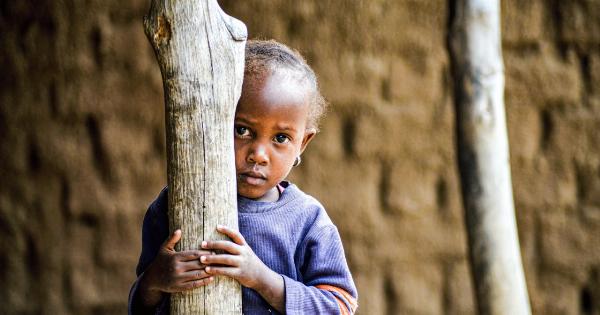Respiratory health in children is one of the most important aspects of overall health. The respiratory system is responsible for bringing in oxygen and eliminating carbon dioxide from the body.
Any dysfunction in this system can lead to serious health problems. In this article, we will discuss the causes and treatments of respiratory problems in children.
Causes of Respiratory Problems in Children
1. Asthma.
Asthma is a chronic respiratory disease that affects millions of people worldwide. It is one of the most common respiratory problems in children. Asthma causes inflammation and narrowing of the airways, making it difficult to breathe.
The symptoms of asthma include wheezing, coughing, chest tightness, and shortness of breath. Some of the common triggers of asthma include allergens, exercise, and respiratory infections.
2. Bronchiolitis.
Bronchiolitis is a viral infection that affects the small airways in the lungs. It is usually caused by the respiratory syncytial virus (RSV). Bronchiolitis is more common in children under two years of age.
The symptoms of bronchiolitis include coughing, wheezing, and difficulty breathing. Treatment for bronchiolitis is usually supportive, and most children recover within a couple of weeks.
3. Pneumonia.
Pneumonia is a bacterial or viral infection of the lungs. It is a common respiratory problem in children. Pneumonia can be caused by a variety of organisms, including bacteria, viruses, and fungi.
The symptoms of pneumonia include coughing, fever, chest pain, and shortness of breath. Treatment for pneumonia usually involves antibiotics for bacterial infections and supportive care for viral infections.
4. Croup.
Croup is a viral infection that affects the upper airways, including the voice box and windpipe. It is most common in children under five years of age. The symptoms of croup include a barking cough, hoarseness, and difficulty breathing.
Treatment for croup usually involves supportive care, such as humidifiers and fluids. Severe cases of croup may require hospitalization and treatment with steroids or epinephrine.
5. Allergies.
Allergies are a common cause of respiratory problems in children. Allergies can be triggered by a variety of substances, including dust mites, pet dander, pollen, and mold. The symptoms of allergies include sneezing, runny nose, and itchy, watery eyes.
Treatment for allergies usually involves avoiding the allergen and taking antihistamines or other medications to relieve symptoms.
Treatments for Respiratory Problems in Children
1. Medications.
Medications are often used to treat respiratory problems in children. The type of medication depends on the underlying condition. For example, asthma is usually treated with inhaled steroids and bronchodilators.
Pneumonia is usually treated with antibiotics, while croup is usually treated with steroids or epinephrine. Allergies are usually treated with antihistamines, decongestants, or nasal corticosteroids.
2. Oxygen Therapy.
Sometimes, children with respiratory problems may need oxygen therapy, which involves giving them oxygen through a mask or nasal cannula. Oxygen therapy is often used when the child is having difficulty breathing or is not getting enough oxygen.
Oxygen therapy is usually done in a hospital or clinic setting.
3. Breathing Exercises.
Breathing exercises can be helpful for children with respiratory problems. These exercises can help improve lung function and reduce symptoms. Examples of breathing exercises include pursed-lip breathing and diaphragmatic breathing.
A respiratory therapist or healthcare professional can teach children and parents how to do these exercises.
4. Lifestyle Changes.
Lifestyle changes can also be helpful for children with respiratory problems. For example, children with asthma may benefit from avoiding triggers, such as allergens and pollutants.
In addition, maintaining a healthy weight, getting regular exercise, and quitting smoking can help improve respiratory health.
Conclusion
Respiratory problems in children can be caused by a variety of factors, including viral infections, allergies, and asthma.
Treatment for respiratory problems depends on the underlying condition and may involve medications, oxygen therapy, breathing exercises, and lifestyle changes. If your child is experiencing respiratory symptoms, it is important to seek medical attention right away.




























